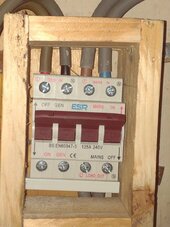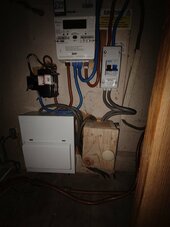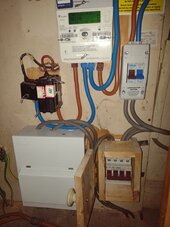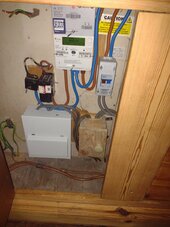I read this on Google is it accurate as this is exactly what my hybrid inverter is doing,

Solar inverters are an important component of a solar power system, as they convert the direct current (DC) generated by solar panels into alternating current (AC) that can be used in order to power homes and businesses. However, some people may be concerned about whether solar inverters make noise and where the solar inverters noise come from? (even the solar inverter noise at night). Throughout this article, we are going to give you all the information regarding solar inverters noise.
That being said, some older or cheaper inverters may produce a low humming or buzzing sound when they are in use. End of Google report.
Mine is constantly making a low buzzing sound that slightly changes sound every second, but only can be heard when you out your ear right up to the inverter.
But it does it with just the solar panels connected to it, ie no live going out to house or battery,
Does solar inverter make noise?
08APRSolar inverters are an important component of a solar power system, as they convert the direct current (DC) generated by solar panels into alternating current (AC) that can be used in order to power homes and businesses. However, some people may be concerned about whether solar inverters make noise and where the solar inverters noise come from? (even the solar inverter noise at night). Throughout this article, we are going to give you all the information regarding solar inverters noise.
Why do solar inverters make noise?
In general, solar inverters are designed to operate silently, especially those that are used in residential and commercial applications. These inverters are typically equipped with noise-reducing technology to minimize any potential sound emissions. As a result, most modern solar inverters produce little to no noise during normal operation.That being said, some older or cheaper inverters may produce a low humming or buzzing sound when they are in use. End of Google report.
Mine is constantly making a low buzzing sound that slightly changes sound every second, but only can be heard when you out your ear right up to the inverter.
But it does it with just the solar panels connected to it, ie no live going out to house or battery,
Last edited:








